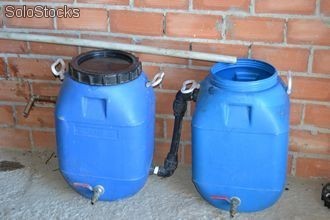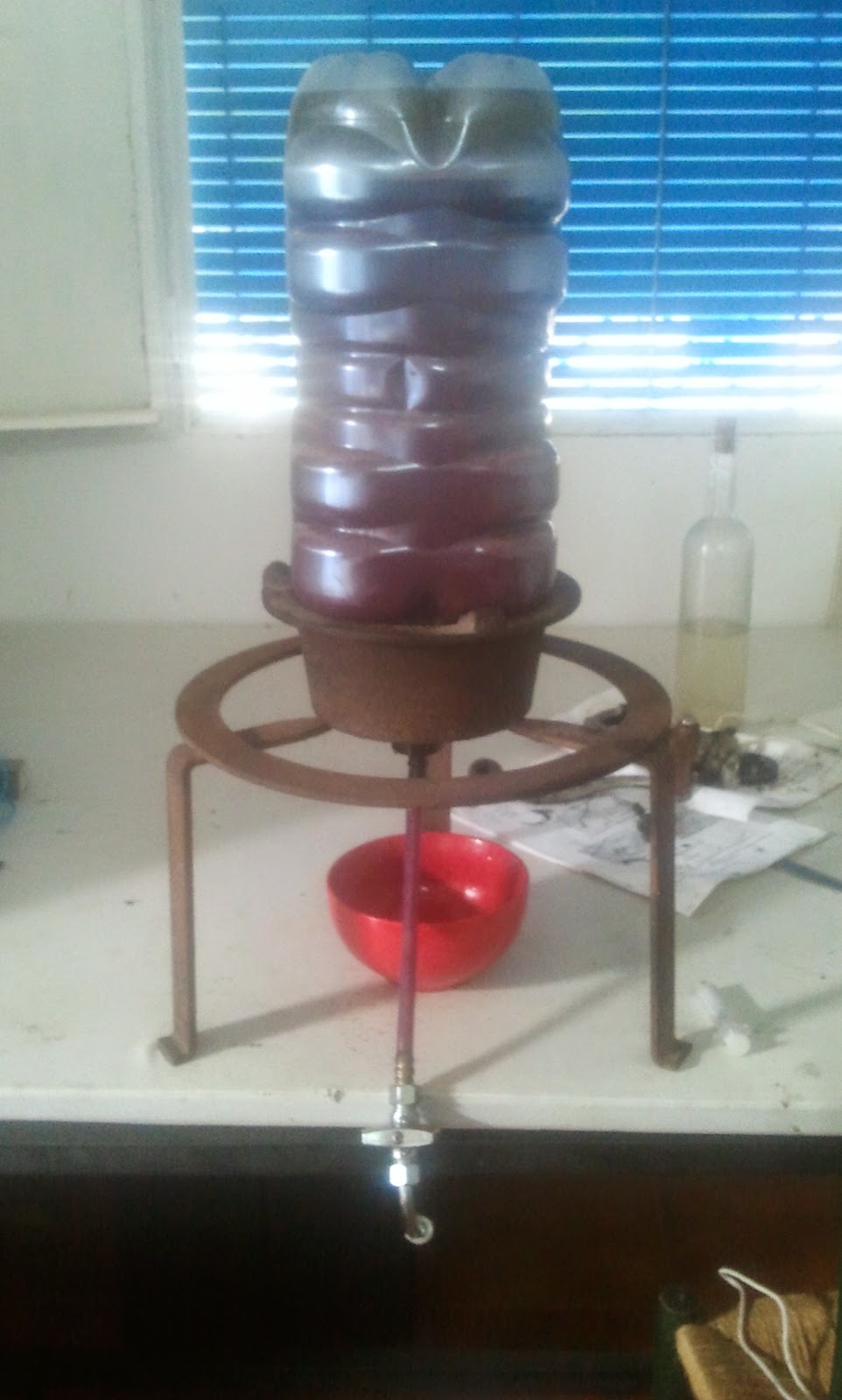I’ve read that pits contain only about 1.5% of the oil, so you didn’t miss that much. Anyway, how did you separate pits from the paste? Also, what kind of press did you use?
I squeezed it with the super human strength of my own two hands. LOL
Not knowing the flavor imparted with that 1.5%, it’s hard to assess what the impact may be.
I’m still on the fence as to whether or not making small home batches of olive oil is worth the effort compared to brining them.
Here is the info I found on the web:
Some studies show that destoning lowers olive oil yields by less than 1.5%. Gas chromatographic comparisons of oil made either way show that stones do not make any distinctive contribution to the flavor of the oil, since they are made of primarily lignin and other woody compounds.
Mr Clint, thanks for the inspiration! I made about 20 oz of my own olive oil. It’s a Tuscan blend: Leccino (mostly), Frantoio, and Maurino. In my opinion, the oil quality is outstanding. I will make a Spanish blend (Arbequina and Arbosano) later this week.
I used an electric meat grinder for grinding, a mixer for malaxing, and a small A-frame bench shop press with a 6-ton hydraulic jack for pressing. Pressing was most time consuming and boring (it has to be done very gradually, otherwise the liquid will burst through the cheesecloth). But overall it was a fun experience! 
That’s thinking outside the box! Are you removing the pits first? I might give it another go in the food processor if I can remove the pits easily.
No, the meat grinder breaks most of the pits into pieces.
OK @Stan, tell me about your meat grinder. I just brought in 2.5 gallons of olives and still have an unpicked tree to go.
It’s nothing special, I have this model: Maverick MM-5501. I grind the olives twice with the standard plate that came with the grinder. For smaller olives (Arbequina, Arbosana and such), pits are very small and many are spewed out whole, therefore I grind the resulting paste with pits one more time using a plate with smaller holes.
For malaxing, I use a stand mixer. In my experience, mixing for a long time (60-90 minutes) at low speed (2 out of 12) produces a big poodle of oil on top of the paste, which you can pour out even without any pressing.
Here is the oil pressing process in pictures:
The shop press:
Putting the olive paste into cheesecloth:
Olive paste in cheesecloth between two wooden plates:
Putting the tray into the press:
Applying pressure very slowly:
Olive oil and juice start to flow out:
this very well done your oil but there is still one more step, we must make an “oil decanter” this is to separate water from oil, you currently have water + oil and what we get is pure oil.
you can put your oil in a plastic bottle, ideally it is an opaque bottle that does not light oil.
in that bottle you can several holes at different heights and place them plugs or buy a few taps in a hardware store after a while water will be down (heavier) and the oil up and we can whet your faucets and removing the water.
Here you can see two examples of homemade oil water separation:

another example
https://www.youtube.com/watch?v=OE-tTZp5Vv0
at this time and the oil it can be consumed even if there is still one last step to have a more professional oil.
is to let stand 2 to 3 months the oil in a plastic bottle, this makes the dregs of oil can fall down and separate the oil (they are similar to those of coffee grounds)
https://www.youtube.com/watch?v=GW6NPRXAQEQ
remember that it is good to leave 2 or 3 months before consuming oil like good wine eventually wins taste
Yes, I did separate oil from water/juice using a very simple setup (essentially, gravity separation in a large jar and then using a baster):
BTW, I’ve finished all olive picking and processing for the season: brained about 30 lb of olives and milled about a liter of oil. Here is the final haul of oil:
I was amazed by how different are oils made from different types of olives.
It looks great its oil is very rich in healthy and necessary fats very good for health that helps lower cholesterol levels and product for our body (omega 3).
My recommendation for next year is that you pick their olives later half of December this good, it is good time.
according to data you have obtained a yield of 7.35% in December, you can optener 21% and instead of getting one liter you will get 3 liters (in my city started the collection day on December 1 and lasts until end of February).
even too hot in my city have even about 23 or 25 degrees and with that heat the oil is still forming in the olive and therefore is increasing its%, we need to lower the heat and the olive tree goes to sleep and is also good to wait a bit even that has rained a bit and it is good that the olive tree take that water and fruit fattening












